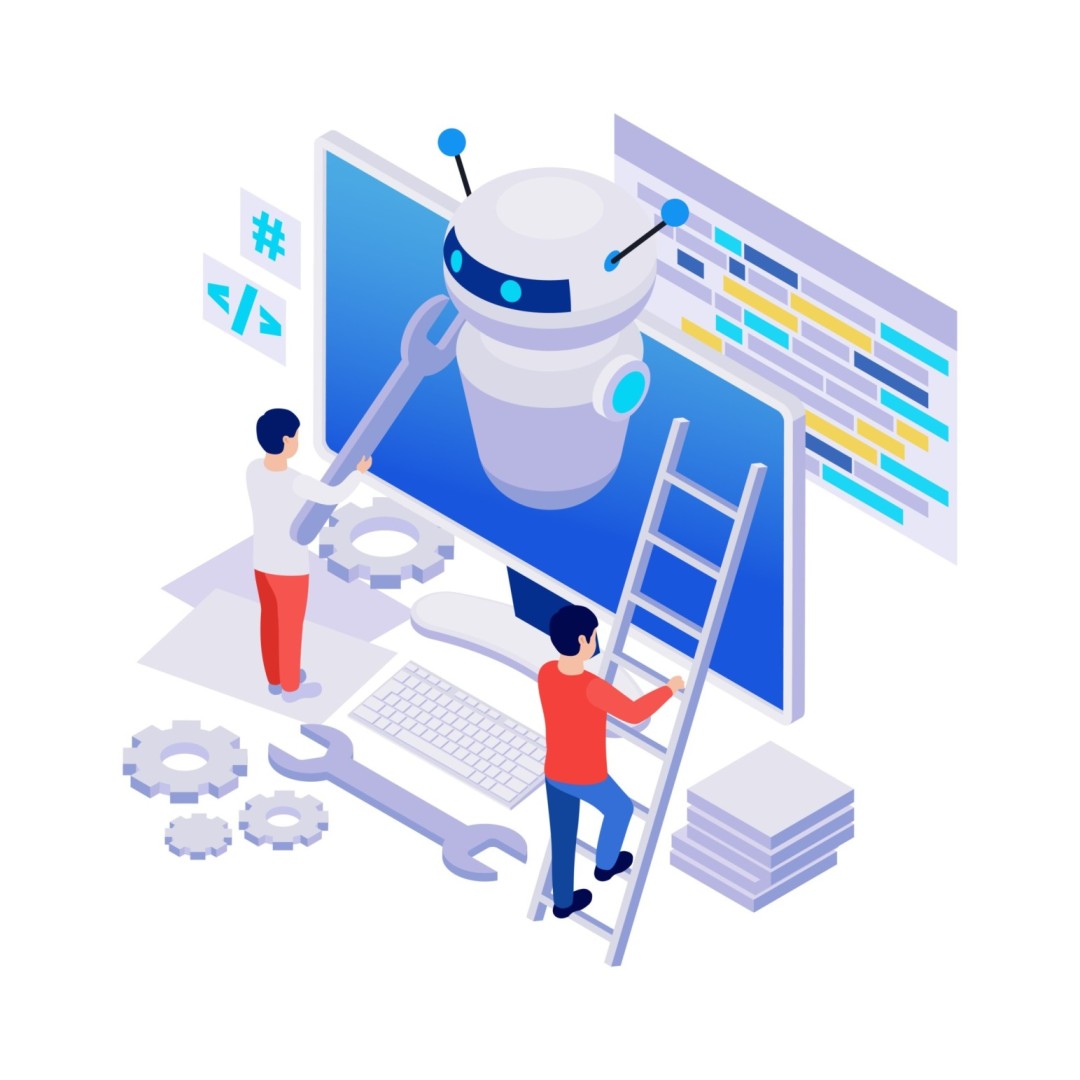AI Model Training: Common Pitfalls and How to Avoid Them
AI model training is a critical step in developing effective artificial intelligence systems. However, the path to successful AI model training is filled with potential pitfalls that can derail your efforts. In this blog, we’ll explore some of the most common pitfalls encountered during AI model training and provide practical strategies to avoid them. We’ll also discuss how these strategies apply to specific scenarios, such as training advanced models like Stable Diffusion and ensuring you have the right development team in place.
What is a Pitfall?
In the context of AI model training, a pitfall refers to a common mistake or obstacle that can hinder the effectiveness and success of the training process. These pitfalls can range from technical issues like overfitting and poor data quality to more strategic errors such as inadequate planning or neglecting deployment considerations. Recognizing and addressing these pitfalls early on is essential to ensure that the AI models you develop are accurate, reliable, and capable of performing well in real-world scenarios.
Understanding these pitfalls allows you to anticipate challenges and take proactive measures to avoid them, ultimately leading to more successful AI model training outcomes.
Pitfall 1: Insufficient Data Quality
One of the most significant challenges in AI model training is dealing with insufficient or poor-quality data. Data is the backbone of any AI model, and if the data used for training is incomplete, biased, or noisy, the model’s performance will suffer.
How to Avoid It
- Data Preprocessing: Ensure that your data is clean, balanced, and representative of the problem domain. Techniques such as data augmentation, normalization, and dealing with missing values are essential.
- Data Collection: Invest in gathering high-quality and diverse datasets. The more representative your data is of real-world scenarios, the better your model will perform.
For instance, when learning how to train Stable Diffusion, a text-to-image generative model, it’s crucial to have a large, varied dataset of images and their corresponding text descriptions. This ensures that the model can generate high-quality images that accurately reflect the input prompts.
Pitfall 2: Overfitting the Model
Overfitting occurs when a model learns the training data too well, including the noise and outliers, leading to poor generalization to new data. This is a common issue in AI model training, especially when the model is too complex relative to the amount of training data available.
How to Avoid It
- Regularization Techniques: Implement regularization methods such as L1 or L2 regularization, dropout, and early stopping to prevent overfitting.
- Cross-Validation: Use cross-validation to ensure that the model performs well across different subsets of the data. This helps in assessing the model’s ability to generalize.
Overfitting is particularly problematic when working with models like Stable Diffusion, where the goal is to generate novel outputs based on learned patterns. Ensuring that the model is not overly complex for the available data can help avoid this pitfall.
Pitfall 3: Inadequate Hyperparameter Tuning
Hyperparameters, such as learning rate, batch size, and the number of epochs, significantly influence the performance of AI models. Inadequate hyperparameter tuning can lead to suboptimal model performance.
How to Avoid It
- Grid Search and Random Search: Use techniques like grid search and random search to systematically explore different hyperparameter combinations.
- Bayesian Optimization: Consider advanced methods like Bayesian optimization to find the best set of hyperparameters more efficiently.
For example, tuning hyperparameters correctly is vital when you hire app developer who specializes in AI. A skilled developer can fine-tune these settings to optimize model performance, ensuring that the training process is both effective and efficient.
Pitfall 4: Ignoring Model Explainability
As AI models become more complex, understanding how they make decisions becomes increasingly challenging. Ignoring model explainability can lead to trust issues, especially in industries like healthcare and finance where decisions must be transparent.
How to Avoid It
- Explainable AI (XAI) Techniques: Implement XAI techniques such as SHAP (SHapley Additive exPlanations) and LIME (Local Interpretable Model-agnostic Explanations) to make the model’s decisions more interpretable.
- Model Transparency: Focus on building models that are not only accurate but also transparent, particularly when they are used in critical applications.
This is especially important when working with AI models that require a high level of trust, such as those developed in collaboration with specialized developers. When you hire an app developer with expertise in AI, they should be capable of implementing and explaining these techniques effectively.
Pitfall 5: Neglecting the Deployment Environment
A model that performs well in a controlled training environment might not perform as expected in a real-world deployment environment. Factors such as computational resources, latency, and data input variability can all impact the model’s effectiveness.
How to Avoid It
- Simulate Deployment Conditions: Test your model in environments that closely resemble the deployment scenario. This includes considering hardware limitations, network latency, and data variations.
- Optimize for Deployment: Work with developers to optimize the model for the deployment environment, ensuring it runs efficiently and effectively on the intended platform.
For instance, when training models like Stable Diffusion, it’s crucial to consider how the model will perform in real-world applications, such as generating images in real-time or on devices with limited computational power.
Conclusion:
AI model training is a complex process filled with potential pitfalls, but with careful planning and execution, these challenges can be effectively managed. By focusing on data quality, avoiding overfitting, fine-tuning hyperparameters, ensuring model explainability, and considering the deployment environment, you can train AI models that are robust, reliable, and ready for real-world applications.
Whether you’re training advanced models like Stable Diffusion or working with a specialized development team, understanding and addressing these common pitfalls is key to success. And remember, when you hire an app developer, their expertise can be invaluable in navigating these challenges and optimizing your AI model training process.




